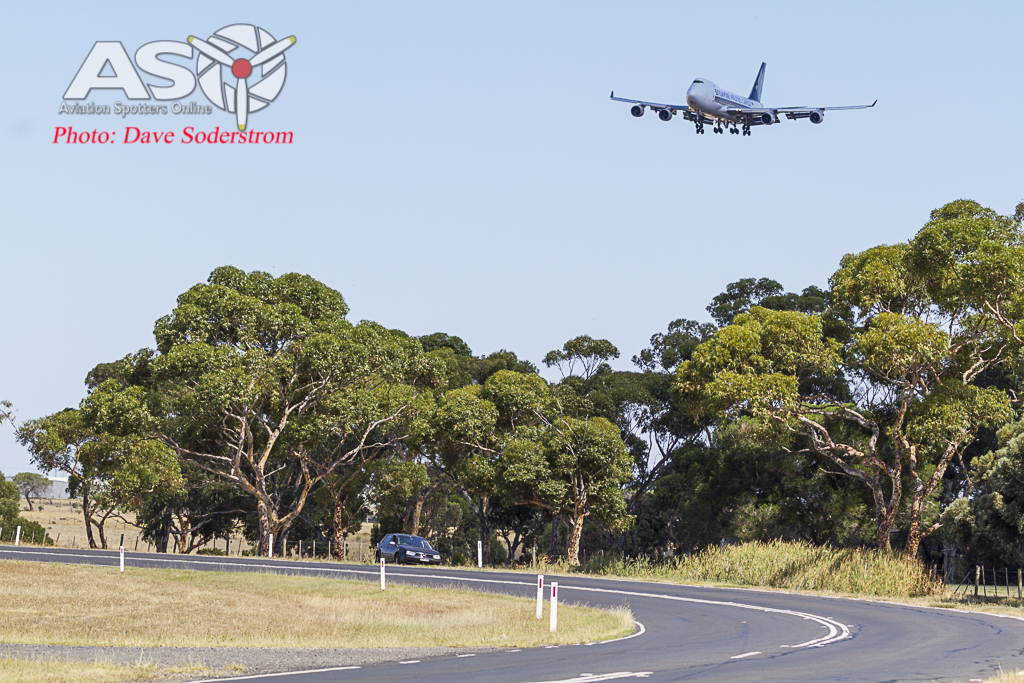For the first time since 2013 parts of NSW has been declared on the NSWRFS fire warning scale as “Catastrophic Fire Conditions “.
From the southern parts of NSW which are mainly in the “High” or “Very High” rating it goes from midway to the Northern Boarder where it’s “Severe”, “Extreme” or “Catastrophic”. These conditions are VERY RARE but we all have been warned to “Plan and Prepare”.
In these conditions, fires may start easily and spread quickly. It will be difficult for firefighters to contain fires in these conditions.
If a fire starts near you and takes hold, you will be at risk. If you are caught in the open, you may be injured, or worse.
What to do if you are in an area of “Catastrophic fire” danger?
Catastrophic is the highest level of bush fire danger.
If you are in an area of Catastrophic Fire danger, leaving early is your only safe option. Consider leaving tonight or first thing in the morning. Do not wait until there is a fire.
Homes are not designed to withstand fires in these conditions and may not offer protection or safety.
Avoid bush fire prone areas, such as areas of thick bush land or open paddocks.
Consider relocating to a safer location during the hottest and driest part of the day such as a major town that is well away from bush land or open paddocks.
The RAAF Richmond based C-130 operated by Coulson Aviation, ‘Thor’ or ‘Bomber 132′ on station with a Pay’s Aviation Cessna Caravan providing updates on the fires movements relaying to the fire commander.
Avoid traveling during the worst of the conditions. If you need to travel, use main roads and highways. Avoid back roads or tracks wherever possible.
Share information with family, friends and neighbors.
Yesterday I saw just how quickly a fire could start and turn into a very large fire even in little wind. The “Sir Ivan Fire” which is located east of Dunedoo in the central west of NSW spread very quickly but with the help of everyone in the local area, NSWRFS and aerial fire assets the fire has been keep to a “Watch and Act ” rating. The fire has the potential to do anything today as could the many other fires around the state so be prepared, stay alert and make sure you know your Bush Fire Survival Plan because if a fire starts it will be difficult for firefighters to contain the fire.
Air Tractor AT-802A ‘Bomber 717’ is seen immediately after a drop, note the red phos check which is a medium viscosity retardant on the underside
Advice
Catastrophic Fire conditions are expected tomorrow. In these conditions, the fire will spread quickly. It will be difficult for firefighters to contain the fire, however it will be managed with the use of multiple tools on the ground and in the air.
Depending on the fire bombing commanders requirements the aircraft can be loaded for either a water or retardant drop.
Homes are not designed to withstand fires in these conditions and may not offer safety.
Avoid bush fire prone areas, such as areas of thick bush land or open paddocks.
Pay’s Aviation Cessna Caravan. The type is known to be a very suitable platform for the relay of information during these large fires.
Consider relocating to a safer location during the hottest and driest part of the day such as a major town that is well away from bush land or open paddocks.
Pay’s Aviation operate several of the dedicated ‘Fireboss’ versions of the Air Tractor. This version, the AT-802F is a dedicated fire suppression aircraft.
Avoid traveling during the worst of the conditions. If you need to travel, use main roads and highways. Avoid back roads or tracks wherever possible.
Thor flies a holding pattern as the Birddog lines up as the lead in aircraft for which Thor will follow.
Monitor local NSWRFS warnings for where the fires are headed.
Be Alert and Stay Safe-
For more information on the various types of aircraft on operation around the country please read out feature, in the link below:
http://aviationspottersonline.com/fire-fighting-assets-in-australia-20152016-season/
Mark Jessop









